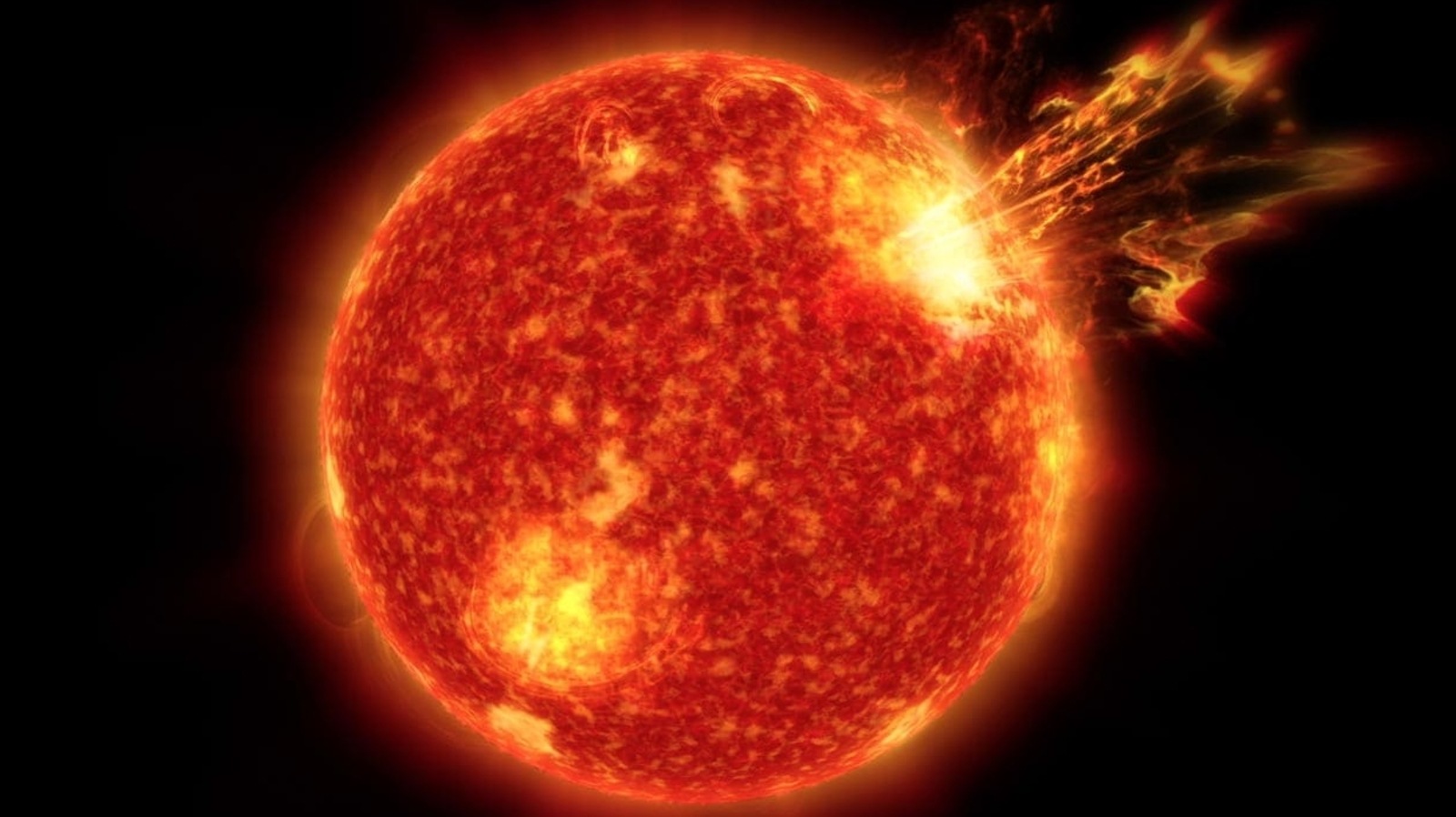Solar flare Alert! Gigantic sunspot set to explode, says NOAA; blackouts on Earth feared
A massive sunspot can explode any moment, and spew out a powerful solar flare. This can even cause radio blackouts on Earth.






 View all Images
View all ImagesIn the last few days, the Earth was anticipating a big threat from the Sun. It is a gigantic sunspot called AR3141 which exploded last week resulting in a massive solar flare eruption on the farside of the Sun. If that solar flare had hit the Earth, it would have caused heavy radiation damage to satellites and wireless communication but luckily it wasn't facing our planet. However, the same sunspot is now facing the Earth. And as per National Oceanic and Atmospheric Administration's (NOAA) prediction, it can again explode. Know the scary consequences if a solar flare burst does hit the Earth today.
The report came from SpaceWeather.com which noted on its website, “NOAA forecasters have boosted the chance of M-class solar flares today to 25%. This is in response to the continued growth of AR3141. The big sunspot now has a 'beta-gamma' magnetic field that harbors energy for moderately-strong explosions. Any flares will be geoeffective as the sunspot is turning toward Earth”.
Dangerous solar flare can strike the Earth
The frequency and the magnitude of such sunspots are set to increase as the Earth reaches the peak of its solar cycle. Known as solar maximum, this phase is set to arrive sometime in 2023. We will see multiple gigantic sunspots at the same time on our Sun as well as multiple consecutive solar flare eruptions. When these solar flares release coronal mass ejection, it can lead to dangerous solar storm events.
A strong solar storm (G5-class or above) can easily damage satellites, cause widespread radio blackouts, disrupt mobile networks, damage broadband cables under the sea and impact internet connectivity, cause power grid failure and even corrupt the microprocessors in electronic devices.
It should be noted that the worst solar storm we have seen in 2022 so far was a G3-class solar storm which was caused by a double CME impact in August. The solar storm caused GPS disruption and radio blackouts in large parts of Africa, Middle East and Australia.
Did you know: The strongest recorded solar storm in history was the Carrington event in 1859. During this geomagnetic event, telegraph machines were seen to be short-circuiting, causing visible sparks and working without being plugged in. Just remember, the word is 'strongest recorded'. Actually, there are many in the past that were surmised to be much stronger, but there were no technologies present then to measure.
Catch all the Latest Tech News, Mobile News, Laptop News, Gaming news, Wearables News , How To News, also keep up with us on Whatsapp channel,Twitter, Facebook, Google News, and Instagram. For our latest videos, subscribe to our YouTube channel.





























